There are lots of information available about plank floorings. This can be a bit overwhelming and confusing to both builders, architects, and interior designers. If you are building a multi-unit, house or have plans to do so, keep reading below.
for many of us Color selection is a key component when choosing finterior products for any space. The color must match the style and personality of the room, as well as complement other elements in the room such as window treatments, artwork and furnishings. no matter which school of thought you subscribe to—formalism, emotionalism, or realism—aesthetic is important to the human experience, and the thought is a constant presence in our minds.
When choosing a finish product for your customer’s house or apartment building, you want to choose products that will make them feel good every time they look at them, so We would argue that customers deserve products or designs that stand the test of time! GIT Wholesale makes it easy for builders, architects, and designers to get started with just a few minutes of reading the rest of this article and our many other resources. Of course, budget is a factor in determining what level of products a project owner can have for the project. However, it is still possible to optimize your purchases to get the best possible quality!
Selecting color schemes for flooring can be a complex process, as there are thousands of options available. Choosing the color before selecting the product quality may not be the best strategy, as you may not be able to find an exact color match for a higher quality product if you do so. Here are some questions to ask yourself before selecting a color scheme:
- What flooring products are best suited to my project?
- https://gitwholesale.ca/5-things-you-need-to-know-before-buying-the-best-vinyl-plank-flooring/
- Is the product selected LVP?
- Is the selected flooring product made of SPC or WPC?
If the products you have selected are either WPC or SPC flooring, read on to find out the differences between these two products.
Wood Polymer Composite Flooring
Wood polymer composite, known as WPC, is a combination of wood powder and a thermoplastic polymer. Wood and polymer are homogenizing in the extruder to make resilient products that can be more desirable than vinyl sheets. The new flooring product that made of WPC is more stable than the older generation of vinyl flooring, featured a click-lock system for easier installation. It took less time to prepare the sub-floor than it did to prepare vinyl sheets or planks, and its color remained stable under sunshine next to windows.
WPC flooring is an excellent water-resistant flooring material, though it cannot be 100% waterproof. Expansion and contraction are a concern for consumers, as they can cause problems with flooring products. The biggest complaint about WPC flooring is that it may expand and contracts with temperature changes. WPC flooring can be installed on any level surface and is resistant to scratches while being vulnerable to indentions and impacts.
Stone Polymer Composite (SPC) Flooring (Rigid Core)
The industry is always listening to its customers and end-users to provide solutions that will best meet their needs. Back in the time, customers complained about the durability and waterproof ability of products available in the market, so product development teams within flooring companies spent hours of time researching, developing, and testing the product to ensure that it was environmentally friendly, waterproof, and durable. They mixed small amounts of vinyl with a healthy, natural mineral powder in the extruders and created a product called Stone Polymer Composite (SPC) beads and produced flooring planks with those beads. SPC flooring is waterproof and does not contract due to temperature change, making it ideal for areas prone to flooding or extreme temperature fluctuations. The tongue-and-groove system (click lock system) is strong and snaps together securely, reducing installation time by up to 30% compared with traditional flooring. The protective layer on the flooring is more advanced than traditional floorings, protecting the floor’s pattern and color from dent and scratches.
Comparison of WPC and SPC Flooring in a view
The table below summarizes the differences between WPC (wood-plastic composite) and SPC (Stone Polymer Composite or rigid core) flooring. SPC flooring is a newer generation of flooring products, so it is unsurprising that it has addressed some of the challenges with older generations of products like WPC flooring.
In addition to all the advantages of SPC core flooring mentioned above, GIT flooring offers some additional features to ensure customers are satisfied with its prime quality products. GIT flooring’s SPC core products are tested and certified to meet sound transmission class (STC) 53, making them suitable for use in apartment buildings, houses, and commercial areas. GIT Flooring’s SPC core products all come with 20 mil wear layers, which means they can be used in residential and commercial properties. GIT flooring offers a variety of patterns and colors to satisfy the needs of interior designers and architects with any different tastes.
Conclusion
Today, resilient flooring products made with SPC are available that are not only environmentally friendly, but also have better durability than WPC and traditional vinyl sheets. The introduction of a rigid core (SPC Core) ensures that the product can be installed on any sub-flooring and is sound reducing, offering homeowners, builders and designers different color options to choose from when making their dream project a reality.
The following links will provide you with more information about GIT’s SPC core flooring products.
GIT SPC Core Flooring
Summerville Collection
Paris Collection
Spectrum Collection








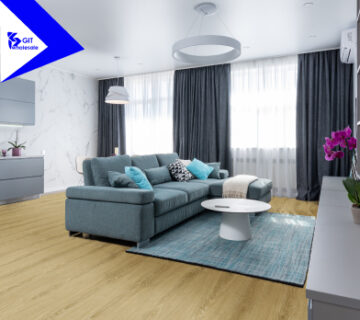
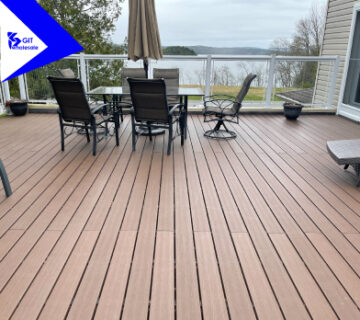
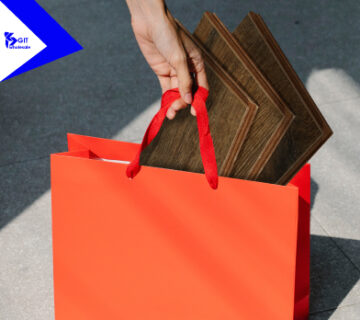

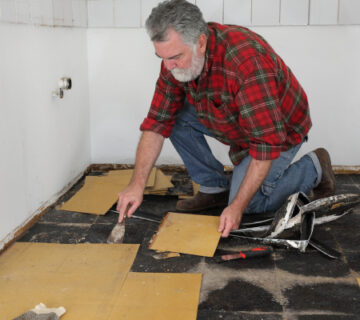

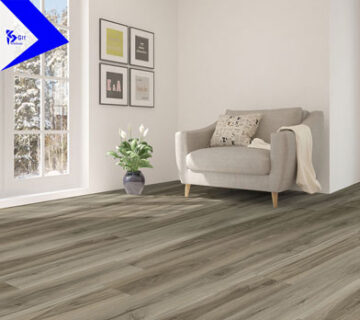

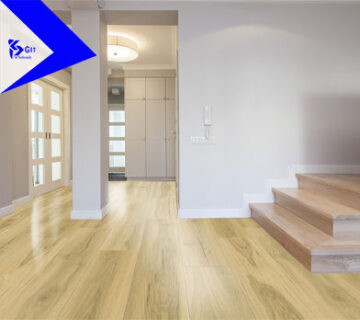




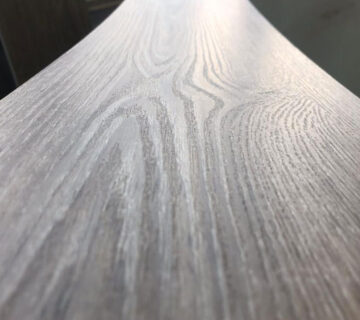
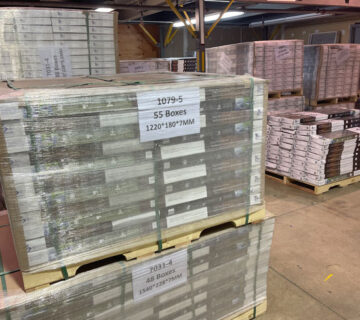
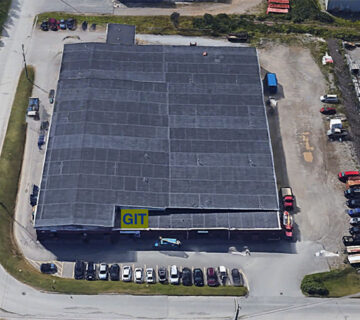
No comment